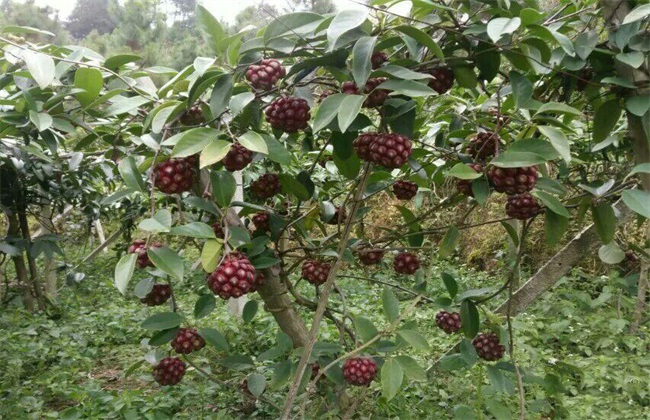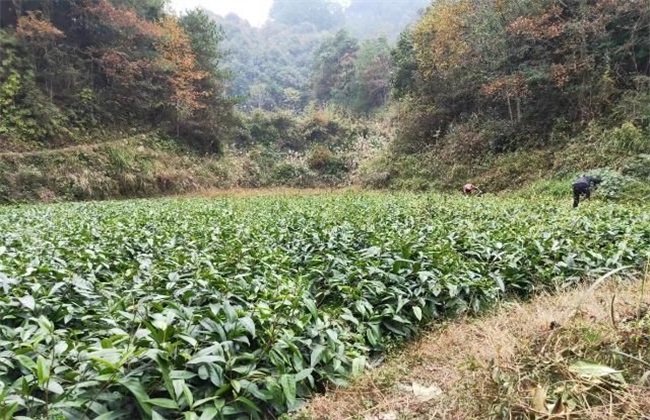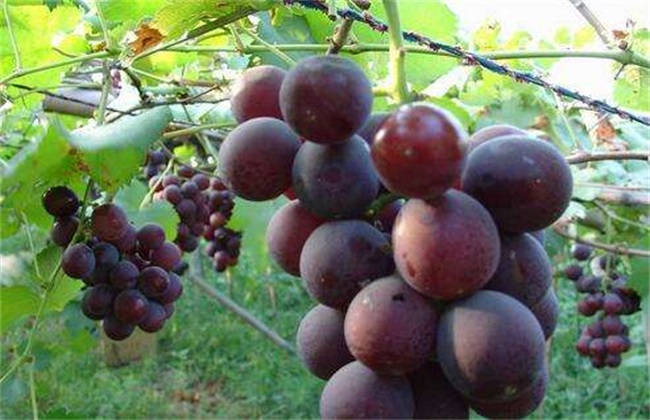Pruning techniques of black tigers
The black tiger is a popular fruit in our country in recent years. There is also a large planting area in our country, if you want to increase its output when planting black tigers. Then the management is very important, especially the pruning work. Reasonable pruning is also the key to ensuring the production of black tigers, so how to trim black presbyopia? The following editor brings you the pruning techniques of the black tiger, let's have a look!

1. Main points of pruning
Before pruning the black tiger, we must first understand the different uses of the black tiger branches. In general, the main branches and overgrown branches are the vegetative branches on the black tiger plant, which are mainly used for tree shape adjustment, while the lateral branches are fruiting branches, which are mainly used to control the fruit. Pruning is mainly over-dense and prosperous, branches of diseases and insect pests and thin branches. Each tree retains about 3 stout branches to cultivate and cut off the excess basal branches. In general, pruning should be carried out every year except autumn, in which summer and winter shears are more important.
2. Summer pruning
In pruning, the main purpose is to remove sprouting, or to erase the sprouting tillers from the black tiger rootstock and the overgrown branches sprouting from the main vine. In addition to retaining some of the reserved branches, all the excess should be erased. Then in the fruit-setting period, do a good job of heart-picking. When the spring shoot grows to the degree of semi-Lignification, for the overgrown branch, the coring should be carried out in the position of the tenth leaf. If it is a nutrient branch, it should be carried out at 15 leaves. If there is a secondary shoot phenomenon, then 3 leaves should be retained for heart removal. It is also necessary to remove the summer shoots that are too dense and too long to avoid affecting the growth of the fruit.
3. Winter pruning
Winter pruning is mainly for thinning branches, and the thinning objects are overgrown branches, overlapping branches, diseases and insect pests and so on. For the sturdy branches of the same year, they can be cultivated into the fruiting mother branches of the second year, and about 10 buds can be kept short according to the actual conditions such as growth and varieties. If the branches grow weakly, leave fewer buds and, on the contrary, leave more buds. For the fruiting mother branch whose fruiting life has reached three years, it can be retracted to the place where the strong branch is strong, and it can be renewed. If only growing branches bear fruit, then cut short at the three buds in the fruiting part, and the long medium fruit branch is the same, if it is a short fruit branch, it can not be cut.
4. Bind vines and sparse flowers
In addition to doing a good job of pruning, we should also do a good job of tying vines and thinning flowers. When binding the vine, it is mainly in the shape of an open tree, and the black tiger branch is tied to the bracket. If it is a young tree, then we should also do a good job in the growth direction of the main branch and fix it in the predetermined direction to form a high-yielding tree. Then it is necessary to pick the heart of some valuable overgrown branches and cultivate them into vegetative branches. Finally, it is necessary to do a good job of thinning flowers and fruits according to the tree shape of black tiger plants to enhance fruit quality. the standard of fruit thinning is generally 50 leaves and one fruit.
The above is a brief introduction to the black tiger pruning technique. That's all for today's introduction. This article is for reference only. I hope it can help you all.
Related
- Moge, come on! The staff of the peasant association in the producing area of cantaloupe were frightened when the crowd gathered.
- Causes and Solutions of low Fruit setting rate of Apple
- Symptoms and control measures of passion fruit virus disease
- Fruit growing lesson: how do apple orchards keep high yields?
- Can you build orchards in the mountains? What are the pros and cons?
- How to manage the coloring period of Crisson grape?
- This paper introduces the processing technology of two kinds of fig products.
- How much is a month for retired teachers in rural areas by 2020?
- How can strawberry planting increase sugar content? We should pay attention to management in many aspects.
- What are the cultivation techniques on how to improve the yield of golden fruit?



